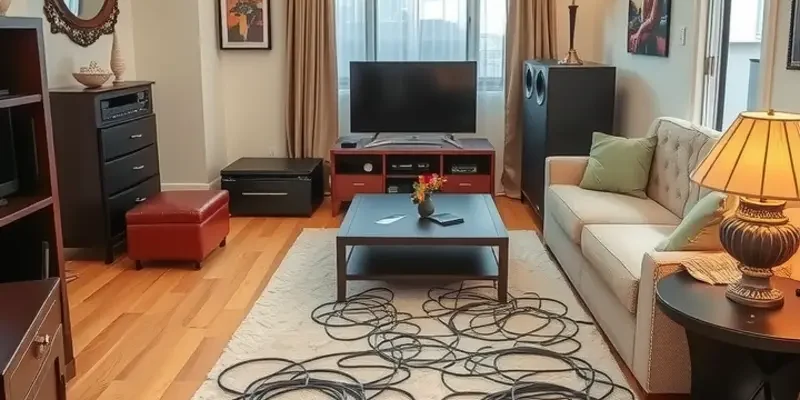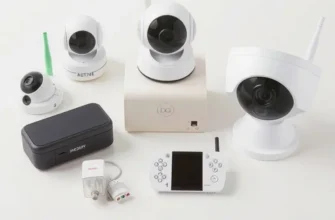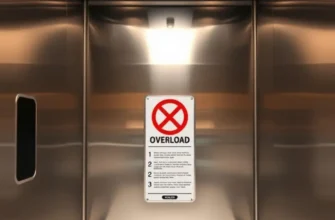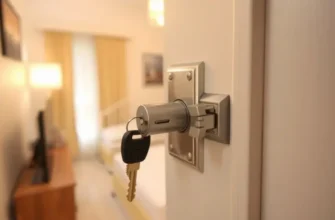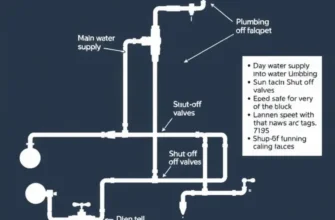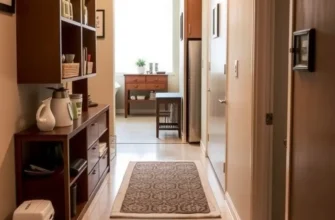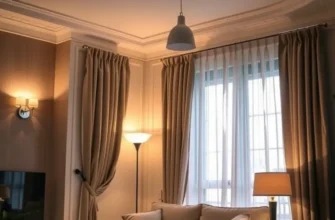Renters often face unique challenges when it comes to ensuring safety in their apartments, and one of the less considered aspects is cable management. With a myriad of electronic devices, chargers, and cords, it’s crucial to maintain a safe environment while also enjoying the conveniences they provide. Poorly managed cables can not only lead to accidents but may also pose risks similar to electrical hazards that can affect your living space. By prioritizing cable safety, you can secure your apartment from potential accidents while maintaining a tidy appearance. In the chapters ahead, we’ll explore practical strategies for cable safety, methods to ensure neatness, and tips for quick maintenance solutions that can help residents stay stress-free in their homes across the U.S.
Understanding the Risks of Poor Cable Management
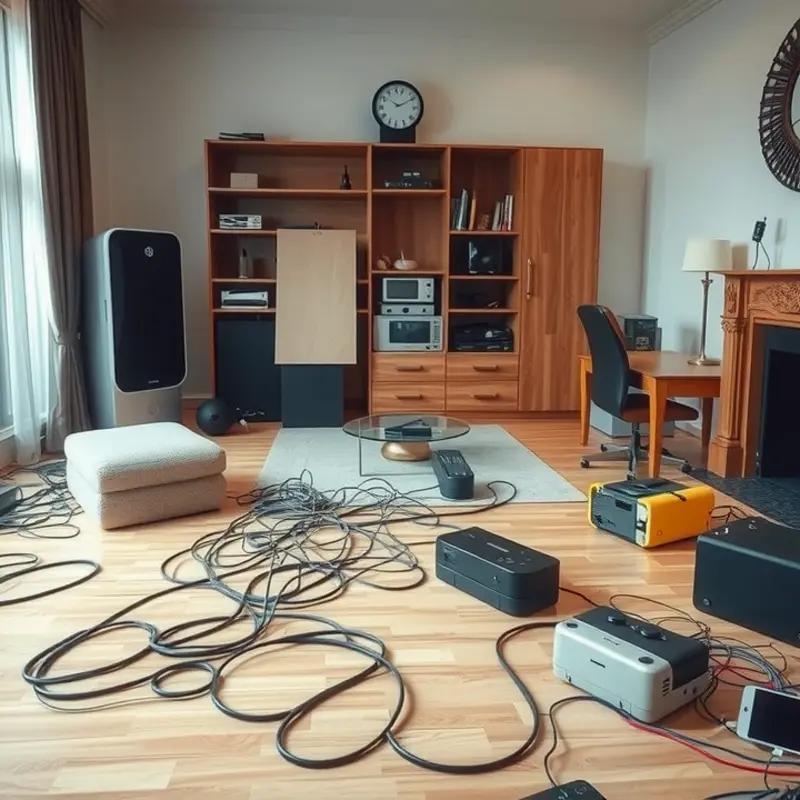
In many apartments, cable management is often neglected until a problem arises. However, the consequences of poor cable management can be severe, impacting both safety and convenience in your living space. Proper cable handling is essential to prevent hazards such as fires, tripping incidents, and electrical malfunctions.
One of the primary concerns with poor cable management is the increased risk of fire. Cables that are tangled or improperly organized can overheat due to the lack of adequate ventilation. This situation is exacerbated when cables are damaged or when multiple extension cords are used inappropriately. Overheating can lead to melting of insulation and potentially start a fire, endangering lives and property. To mitigate these risks, it is crucial to regularly inspect cables for signs of wear and ensure they are not tightly bundled together.
Tripping hazards are another significant issue caused by poorly managed cables. Loose wires trailing across paths can easily trip someone, leading to falls and injuries. This is particularly concerning in households with children, elderly people, or pets. Ensuring that cables are run along walls or tucked neatly under furniture can reduce such risks. Utilizing cable covers and cord organizers can also help keep walkways clear and safe.
Electrical risks include the danger of electric shocks and short circuits. Damaged cables expose the conductive wire inside, posing a significant risk of electric shock if touched. Moreover, when cables are repeatedly bent, especially at sharp angles, they can become fatigued and lead to short circuits, potentially damaging electronic devices and appliances. To prevent these electrical hazards, avoid using damaged cables, and replace them as necessary. Secure cables to prevent unnecessary bending and tension.
In order to maintain a safe apartment, proactive measures in cable management are essential. Investing time in organizing cables not only enhances safety but also improves aesthetics. Use cable ties, clips, or hoses to manage loose wires efficiently. Strategically label cables to avoid confusion when it’s time to unplug or replace them. Additionally, check out resources like safe DIY electrical fixes to empower yourself in handling minor electrical maintenance safely.
Overall, by recognizing the potential risks and actively addressing cable management, you can create a safer, more orderly living environment. It’s not just about reducing clutter—it’s about protecting your home and its occupants from preventable accidents.
Best Practices for Safe and Neat Cable Management
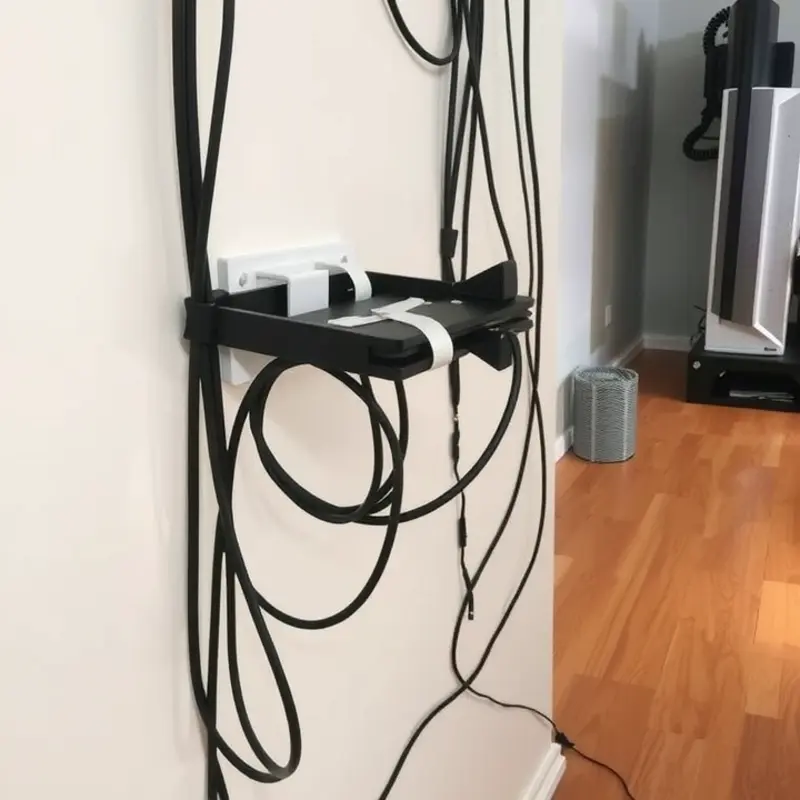
Effective cable management is essential for maintaining both a neat appearance and a safe environment in your apartment. Tangled cords not only look untidy but can also become potential hazards. Here, we explore practical techniques to keep your cables organized and out of the way.
Start by assessing the layout of your apartment. Identify areas where cables tend to accumulate. Common spots include behind entertainment systems and along baseboards. Once you’ve pinpointed these areas, you can decide on the appropriate management solutions.
Cable Ties
Cable ties are some of the simplest tools for managing cords. Gather your cables together and use the ties to secure them. When bundling cables, consider their function and frequency of use. Group cables that perform similar tasks, like computer cords, separately from those of home entertainment systems. Leave a little slack to avoid straining or damaging the wires, but not too much that they become cumbersome. Choose reusable ties for flexibility in adjusting your setup later on.
Raceways
For a more polished look, use raceways to conceal cords running along walls. These channels can be attached directly to walls and painted to match your décor, effectively blending in with the surroundings. Measure the length of cable you need to cover and cut the raceway accordingly. Use adhesive strips or screws to mount them securely. Raceways are especially useful in areas where cables run along floor levels, reducing the risk of tripping.
Under-Desk Cable Organizers
In workspaces, under-desk organizers can help keep cables from spilling out into view. Many of these solutions attach to the underside of desks, holding plugs and excess wiring in place. This reduces visual clutter and frees up floor space. Label each cord at both ends to simplify the process of identifying and changing connections when necessary.
DIY Cable Management
If you prefer a more personal touch, several DIY solutions are available that can adapt to specific apartment layouts. Consider using binder clips to manage lightweight cables. Simply attach clips to the edge of your desk and thread the cables through the metal arms to keep them in place. For longer cables, velcro straps can be attached to walls or furniture, allowing for adjustable support as needs change.
Maintenance is key in ensuring your cable management remains effective. Schedule regular checks to tighten loose ties or adjust raceways. This prevents any sagging or tangling over time.
By employing these strategies, you enhance both the convenience and safety of your living space, creating an organized environment free from cable-related hazards. For more ways to maintain a safe and efficient home, check out our guide on safe DIY electrical fixes.
Final words
Ensuring cable safety in your apartment is a simple yet essential task that supports a safe living environment. By understanding the risks that come with poor cable management and implementing best practices for organization, you can significantly reduce hazards while enhancing the overall aesthetics of your space. Prioritizing cable safety not only protects you and your property but also contributes to a more enjoyable living experience. Remember, a little time and effort in organizing cables can lead to greater peace of mind and a focus on the things that truly matter.

